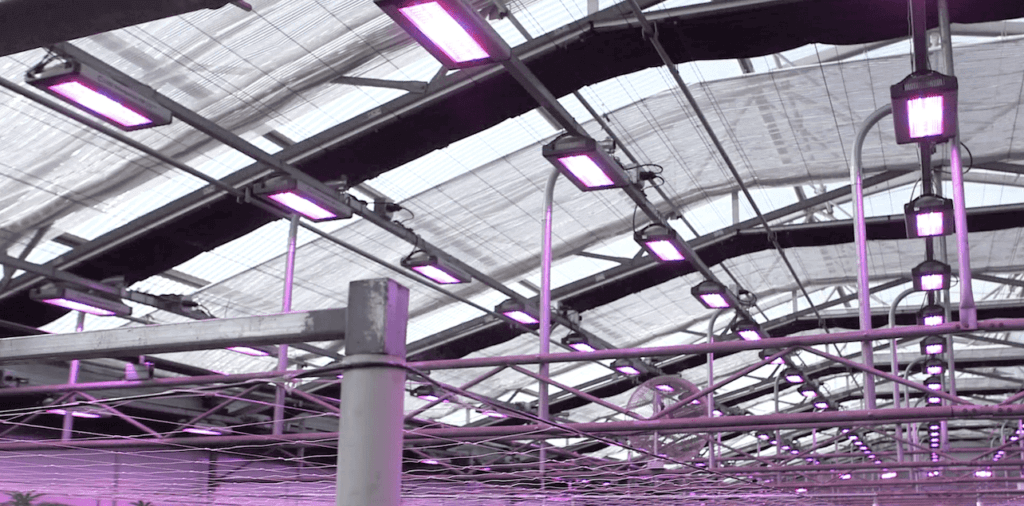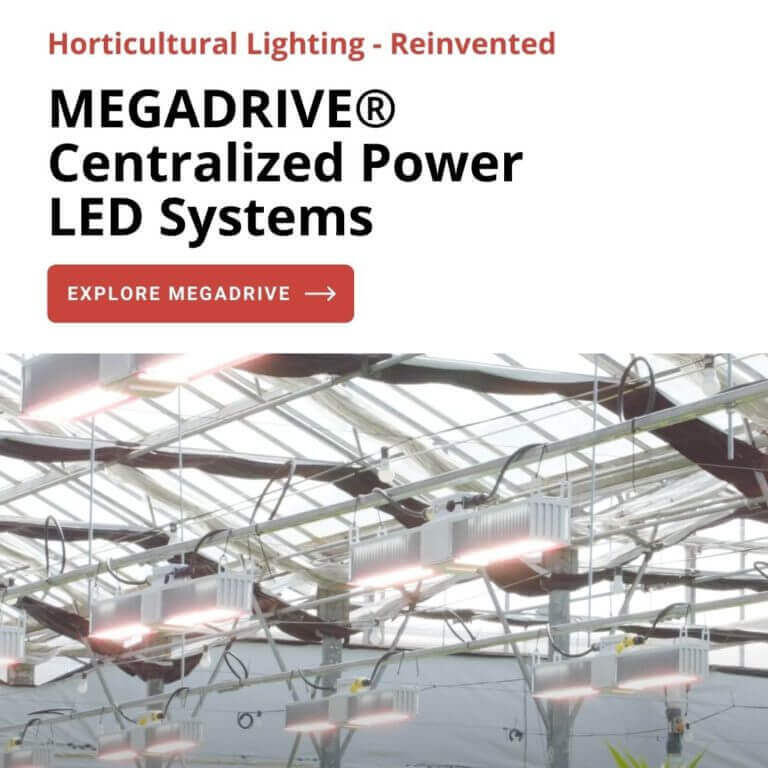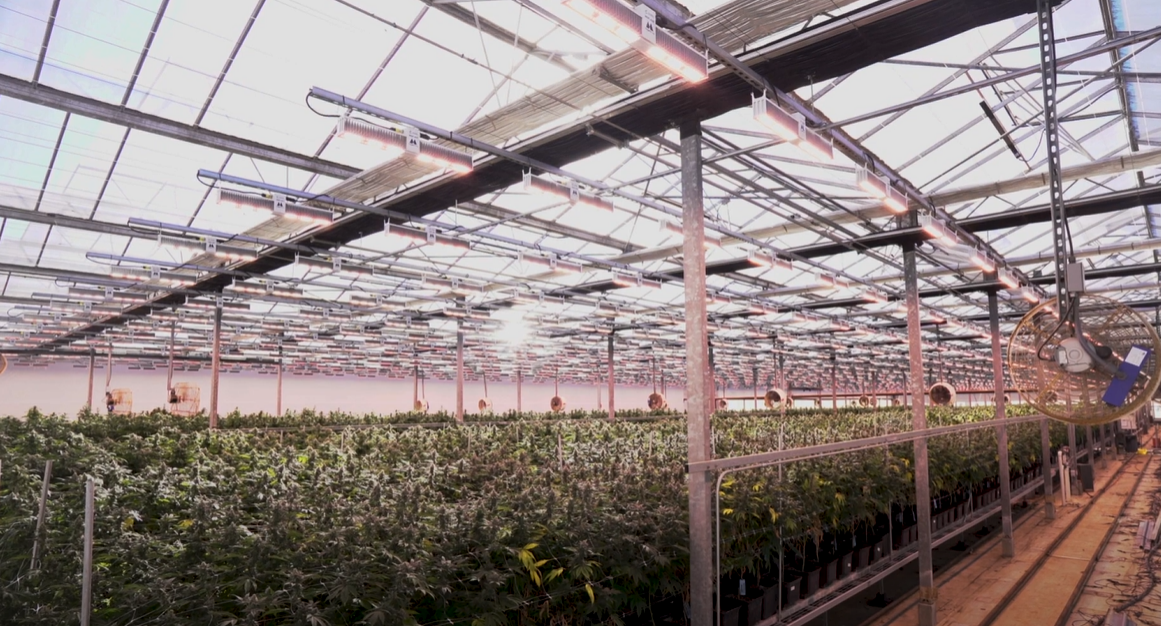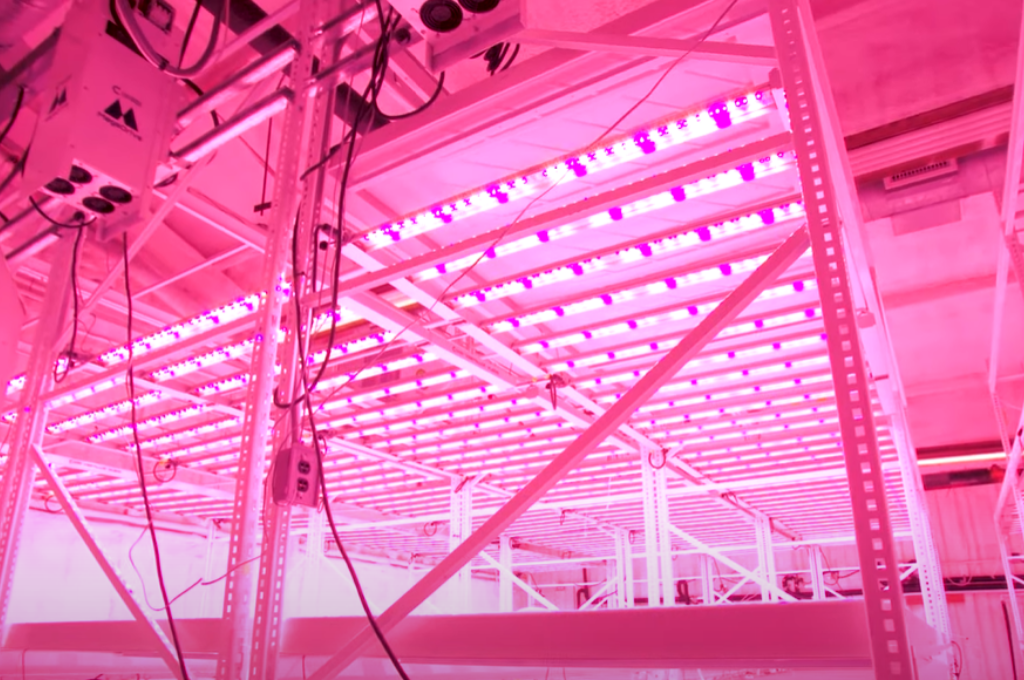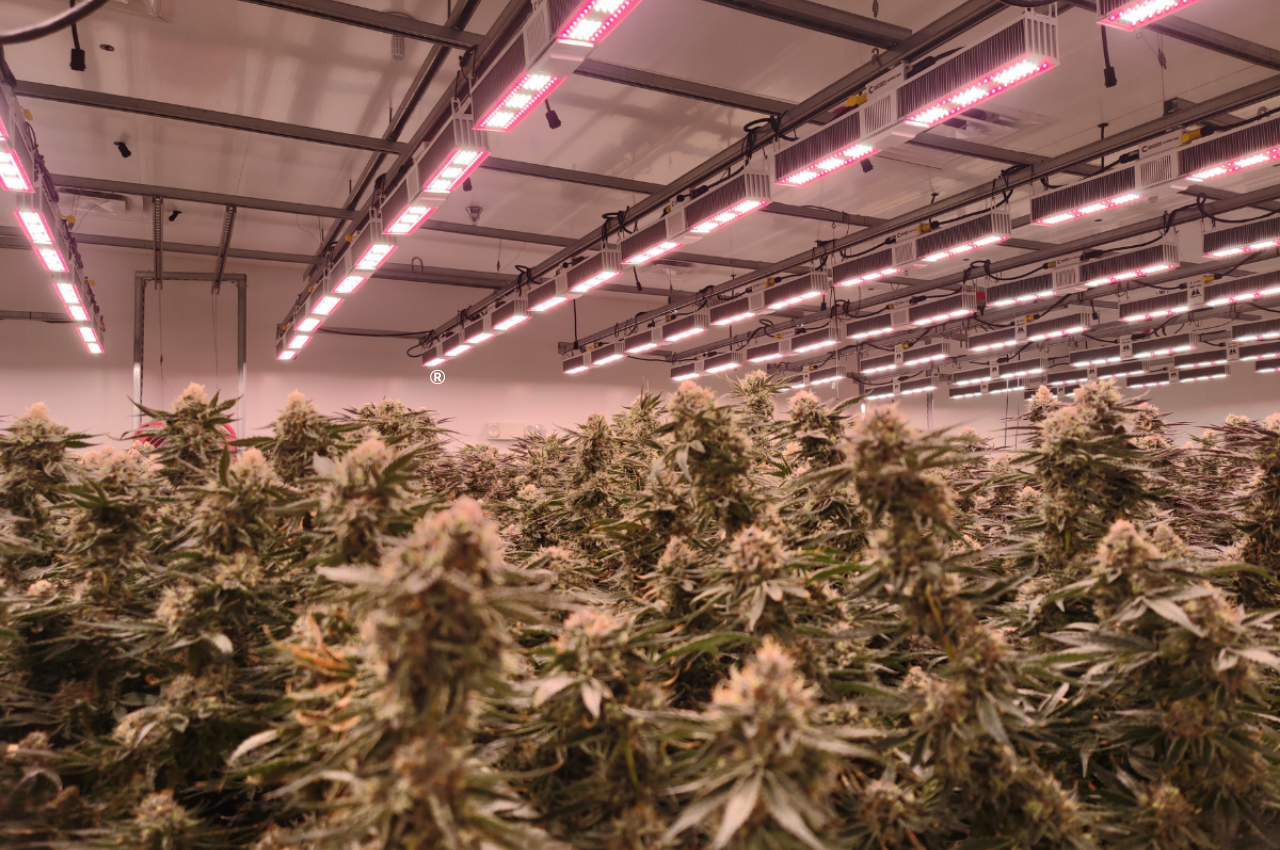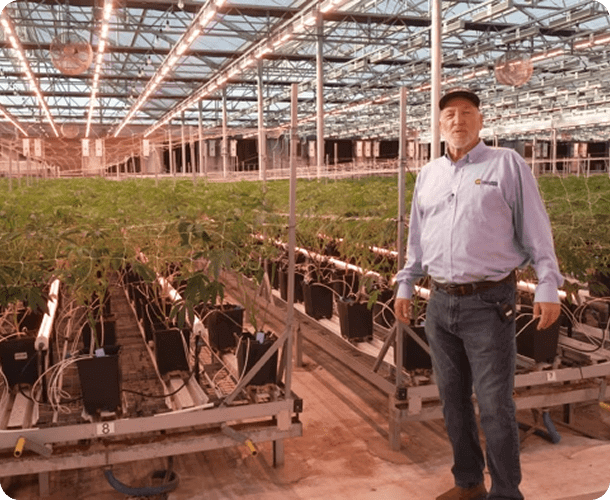If you’ve started looking into supplemental LED lighting for your greenhouse, you’re likely well aware of how LEDs benefit you as a grower.
As LED technology advances and becomes the more commonly preferred option for growing, there is more talk about the high efficiency and long life of LED grow lights. In addition to saving on energy costs over HPS lighting (generally a savings of more than 50%), efficient LEDs help growers secure their operation against the hazards of a continuously changing climate. As environmental concerns grow within society and government, we’ll begin to see more and more regulations for energy use. Energy efficient LED lighting puts your greenhouse operation one step ahead.
But as lovely as that all sounds, every grower still needs to know:
What is the biggest advantage of LED grow lights for the plants themselves?
You know that the single most important goal for your supplemental lighting setup must be creating an excellent product. It’s not enough to save energy if you’re not making the best choice for the health and potency of your plants.
Fortunately, the latest advancements in LED technology ensure you can do both . . . especially because LED lighting offers your plants one massive advantage that other lighting options do not:
LED lights create the most natural conditions for your plants.
That’s why you have a greenhouse operation to begin with, right? You know the more your plants can access actual sunlight, the more they thrive. The only downside is that you can’t control the sun. You can’t shoo away the clouds or force longer days.
But if you have spectrum variable LED grow lights, you can essentially recreate season-specific, sun-mimicking PAR (photosynthetically active radiation) every single day. Here’s what that means for your plants.
The Advantage of LED Spectrum Control
Plants take a lot of cues from the sun. As the seasons change, so does the sun’s position in the sky. As a result, plants receive a continuously varying spectrum of light. And that changing spectrum acts as an instruction to plants.
As a greenhouse grower, you are already helping your plants along with these cues simply by giving them access to natural sunlight. However, the odds are good that natural sunlight isn’t enough.
You may need supplemental lighting because the day isn’t long enough to accommodate for the 12-24 hours of sunlight your plants need in a given stage of growth. Or perhaps you need your plants to think it’s late summer when it’s actually mid-winter.
Whatever the reason, you do need supplemental lighting, and spectrum variable LED grow lights allow you to provide a fine-tuned lighting spectrum that complements the sun’s rays.
In fact, more advanced LED systems like California LightWorks’ GHPro340 include a light sensor and Bluetooth digital spectrum control, so you can easily monitor and manage your plants’ specific needs.
It’s a far better option than bearing down on delicate leaves with a static light spectrum from sprout to flower.
Better Climate Control
Another well-known advantage of LED grow lights is that they give off far less heat than the alternatives. We often celebrate this benefit as another cost-saver. When your lighting system generates less heat, you spend less money on supplemental cooling and irrigation.
A lesser discussed benefit, however, is that less heat generation makes it easier for you to maintain the friendliest climate for your plants.
While excess heat won’t necessarily kill your plants, it will inhibit the quality of your product. Ideally, you want to keep the temperature below 80 degrees to ensure high yields and a potent product. Since you’re already growing in a greenhouse, the sun will do its part to create a gentle warmth to encourage your plants to grow and flower. Supplemental LED grow lights do an excellent job of heightening light intensity without piling on the heat.
Even Light Distribution
Another way LED grow lights nail their impression of the sun?
Light distribution.
The sun, as we know, is huge. It distributes its rays far and wide. If you used the sun as the only light source for your greenhouse, you wouldn’t get the best possible yields, but you would get uniformity.
Supplemental LED grow lights help you keep that uniformity going. HPS lighting . . . not so much.
If you’ve tried using HPS grow lights, you know the headache of hotspots. When you don’t have even light distribution across the canopy, you wind up with inconsistent quality among your plants. You also have a greenhouse full of plants with varying needs, as plants in the hotspots will use more water. If you have a large production, you can’t reasonably see to each individual plant’s specific requirements.
However, the right supplemental LED lighting provides an even light source across the canopy. This way you can maintain uniform care for all plants and still yield quality results in every corner of your greenhouse.
LED technology is advancing quickly, but it’s important to note that every advancement is designed to help you better recreate natural conditions for your grow. The sun is our best guide when it comes to understanding what plants need in order to thrive. From spectrum variability to even distribution, LED has become technology’s perfect recreation of the sun indoors, day or night, no matter the season.
If you’re ready to make the switch to LED grow lights, we encourage you to take a look at the GHPro340. Its design has mastered all of the advantages mentioned above, plus it has an ultra-slim profile to make sure the sun’s rays still get full distribution over your canopy.
And if you want to discuss your options or have further questions, please don’t hesitate to contact us. We love growers, and we love helping you find the perfect solution for your greenhouse operation.
